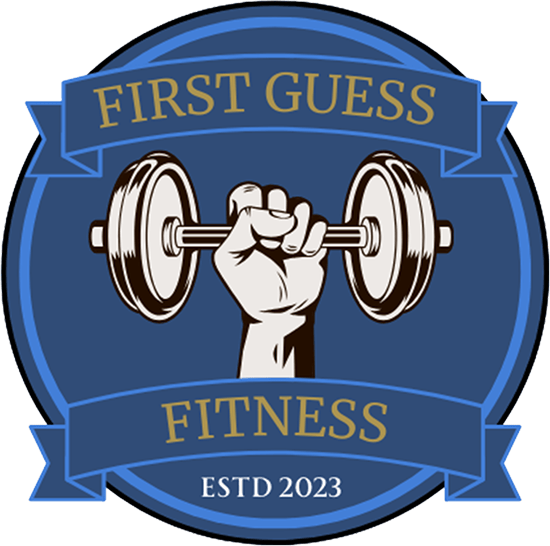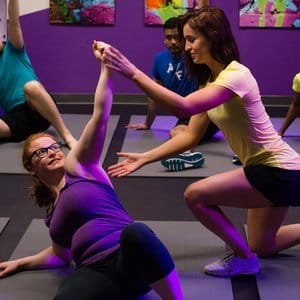v\:* {behavior:url(#default#VML);}o\:* {behavior:url(#default#VML);}w\:* {behavior:url(#default#VML);}.shape {behavior:url(#default#VML);} 0 0 1 829 4731 First Guess Fitness 39 11 5549 14.0 Normal 0 false false false false EN-US JA X-NONE /* Style Definitions */table.MsoNormalTable{mso-style-name:”Table Normal”;mso-tstyle-rowband-size:0;mso-tstyle-colband-size:0;mso-style-noshow:yes;mso-style-priority:99;mso-style-parent:””;mso-padding-alt:0in 5.4pt 0in 5.4pt;mso-para-margin:0in;mso-para-margin-bottom:.0001pt;mso-pagination:widow-orphan;font-size:12.0pt;font-family:Cambria;mso-ascii-font-family:Cambria;mso-ascii-theme-font:minor-latin;mso-hansi-font-family:Cambria;mso-hansi-theme-font:minor-latin;}
Turkish Get Up.
What a strange name for an exercise. Who the heck came up with that?!? Legend has it that Turkish (or Persian or insert your favorite intimidating-sounding country name here) wrestlers and ancient strongmen used it in their training (“Come back when you can do this with 100 lbs and then we will start the real training!” That’s a hell of a tag line.). Suffice it to say, no one really knows and the mystery is, in all likelihood, lost to time.
Thankfully the exercise itself hasn’t been and has enjoyed a resurgence due to the increasing popularity of kettlebell usage. And I know you are all so, so thankful for its comeback. So thankful. Get ups are the best, right? Right?…..hello…?…Is this thing on?
I know what you’re probably doing right now as you read this…
“I feel so awkward doing it and it is really hard to learn. Why are we doing this again?”
Great question!
Fantastic, actually. We love when you ask us why (cause there is ALWAYS a reason)—it lets us unleash our inner fitness nerds who are just dying to come out!
The Moves Explained
We know it’s hard to coach in a post but, let’s just take a super-quick recap of the steps or “poses” of the Get Up.
- Start lying on our backs with one leg bent, foot flat on the floor, and the hand of the same side reaching up to the ceiling. The limbs of the other side are straight, roughly parallel to each other, and slightly away from center.
- Take a breath.
- Pushing through the foot of the bent leg we roll that hip off the ground and pull (or row) ourselves up with the extended elbow of the opposite arm (a little “rock and roll” action), while reaching diagonally across our body as we punch our fists to the ceiling.
- From the elbow, we push that same hand into the ground, imagining we are screwing an imaginary jar lid into the floor so our fingers end up facing away from our hips (We call this “hand.” So original.)
- Coming up onto that hand while driving the opposite foot into the ground we then “sweep” our formerly straightened (now bent) leg underneath and behind us landing in a kickstand position. If you look down while doing these bodyweight (not advised with a kettlebell about 3 feet above your beautiful faces) you should notice that your hand, foot, and knee form a nice little triangle.
- Sitting our hip to our back heel we hit “sexy pose’’ (Me. Ow.)
- Next we drive the legs into the ground and use our lower halves to hinge ourselves up into a half-kneeling position.
- From here we either rotate the back leg out of its kickstand into a lunge position OR the front leg around to “close the gate,” if you will.
- Using the forward leg as the predominantly driving force, we drive the ground away to come up into our standing position.
- Do the same thing backwards, but in heels.
It’s a lot. We know. But here are a few of the things to watch out for:
[youtube=://www.youtube.com/watch?v=l1_jjE0BAnk&w=854&h=480]
Yeah, Yeah, Yeah… But Why?
This is how we learn/figure out how to move as human beings. We start on our backs on the ground getting a sense of our surroundings, breathing, checking things out. Then our parents or caregivers flip us onto our stomachs for some “tummy time.” Eventually, we realize how to make this transition ourselves when we learn to roll over. This sounding familiar?
From there we start to come up onto our knees, using our hands to help, maybe crawling, maybe just hanging out, all while trying to balance that big old noggin on our necks. (See? We’ve been strength training since the beginning!) Next we test out what it might be like to get up onto those feet, but we aren’t quite steady or strong enough so we hover closer to the ground in our kneeling, sitting, or squatting positions.
Finally we gain the confidence to drive ourselves away from the ground to emerge into a full standing position. For those of you who have children, you probably remember or are currently getting to enjoy watching them go through these very stages. It takes a good amount of time. For most of us, the entire process takes about 2 to 3 years (or more) to fully master and learn. And you are doing it all in one single exercise that may or may not have been invented by an incredibly strong Eurasian population. Crazy right?
VIP Sidenote: Babies (aka us at one point in time) do not have the upper body strength to do pull ups. I know that comes as quite a shock to you all, but it’s true. Instead what they do is push or press the floor away in order to get up. The upper body is only assisting. So we essentially transfer the energy up the body by pressing the earth away. Hence the majority of the work comes from that lower body drive. Think about that in the grander scheme of the exercises we do here. Even when we are pressing or pulling something up or down or sideways we should also be pushing or pressing the earth away from us. Press down to get up. (Should probably site the SFG article I got this from: https://www.strongfirst.com/the-forgotten-benefits-of-the-turkish-get-up/)
Another VIP Sidenote: It took us years to learn how to move like this in the beginning. Years. As adults it can take awhile too. We forget what we don’t use, right? Remember that we learned this in stages as babies, we learn it in pieces as adults as well.
Time to GET UP!
Take your time, practice, and get better at get ups. They’ll help you learn to master movement variability, get ninja fit, work mobility, build stable shoulders and develop core control. Have questions? I’m happy to help troubleshoot!
Want to learn to nail your Turkish Get Up and other exercises? Let our coaches guide you!
Kristin is AMP’s very own Wonder Woman and resident badass. She is certified as a CFSC, NASM-CPT, FMS, Pre/PostNatal, and Original Strength and a world class fitness coach. When not training Super Humans, she spends time snuggling her dog, Rugby, and seeking out adventures in Boston.









